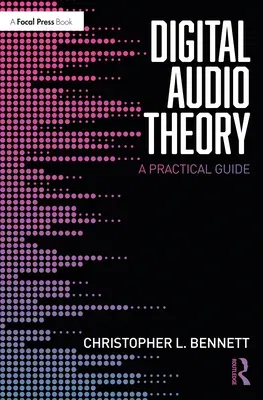Digital Audio Theory: A Practical Guide bridges the fundamental
concepts and equations of digital audio with their real-world
implementation in an accessible introduction, with dozens of programming
examples and projects.
Starting with digital audio conversion, then segueing into filtering,
and finally real-time spectral processing, Digital Audio Theory
introduces the uninitiated reader to signal processing principles and
techniques used in audio effects and virtual instruments that are found
in digital audio workstations. Every chapter includes programming
snippets for the reader to hear, explore, and experiment with digital
audio concepts. Practical projects challenge the reader, providing
hands-on experience in designing real-time audio effects, building FIR
and IIR filters, applying noise reduction and feedback control,
measuring impulse responses, software synthesis, and much more.
Music technologists, recording engineers, and students of these fields
will welcome Bennett's approach, which targets readers with a background
in music, sound, and recording. This guide is suitable for all levels of
knowledge in mathematics, signals and systems, and linear circuits. Code
for the programming examples and accompanying videos made by the author
can be found on the companion website, DigitalAudioTheory.com.

